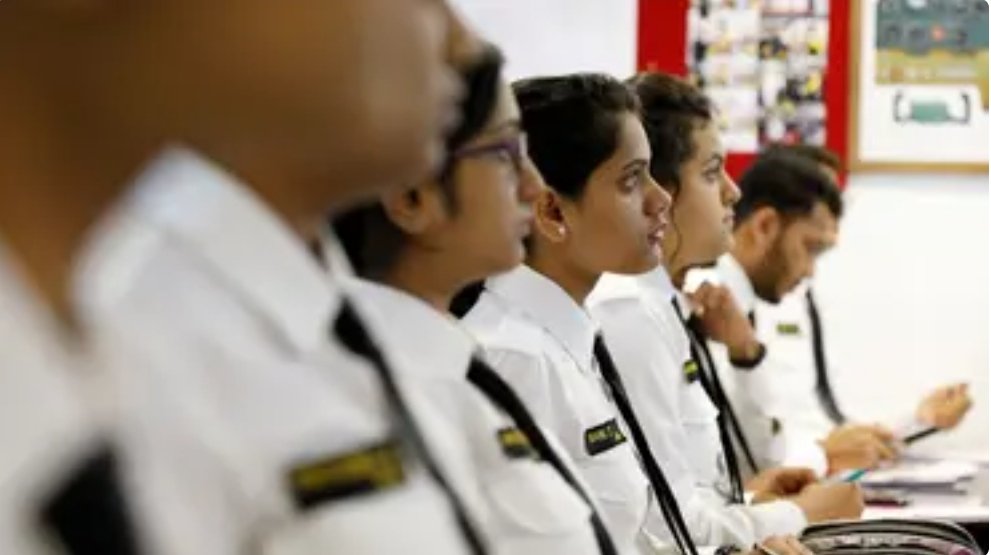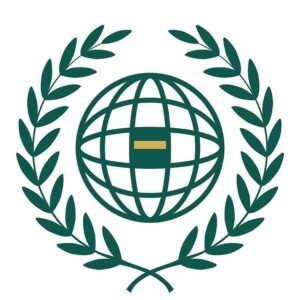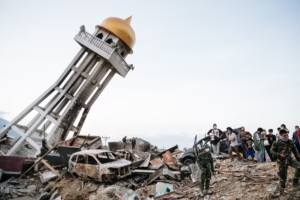India emerges with highest percentage of female pilots globally

Female pilots are no longer a rarity in India, making the country a success story when it comes to diversity in the airline industry. India has the highest percentage of female pilots globally, the International Society of Women Airline Pilots estimates, with about 12.4 percent of all pilots women, compared with 5.5 percent in the US, the world’s largest aviation market, and 4.7 percent in the UK.
The statistics raise questions about how a nation which placed 135th among 146 countries on the World Economic Forum’s ranking of nations based on gender parity, was able to reverse the trend in this particular industry.
Some of the answers may offer lessons for other countries and sectors striving to get more women into their ranks. Businesses that are more diverse tend to perform better, and some studies have even shown that female pilots have fewer safety incidents.
Hiring more women could also help airlines address the staff shortages that are disrupting travel as the world emerges from the COVID-19 pandemic and demand rebounds.
Trailblazers like Bhasin say Indian women are being encouraged by a string of factors from outreach programs to improved corporate policies and strong family support.
Many Indian women were drawn to flying through an air wing of the National Cadet Corps, formed in 1948, a kind of youth program where students are trained to operate microlight aircraft. To make the expensive commercial pilot training more accessible to women, some state governments are subsidizing it and companies such as Honda Motor Co. give full scholarships for an 18-month course at an Indian flying school and help them get jobs.
“India has started decades ago recruiting women into STEM positions, including pilots,” said Michele Halleran, a professor and director of diversity initiatives at Embry-Riddle Aeronautical University in Florida. “In the US, we have only started the demand for a diversity movement in aviation because of our current drastic pilot and technician shortage.”
The Indian Air Force began recruiting women pilots for helicopters and transport aircraft back in the 1990s. It wasn’t until this year that they were allowed to take up fighter roles.
Some airlines in India are devising policies to retain female talent. IndiGo, India’s largest passenger airline, said it offers flexibility to women pilots and crew to continue working safely, excluding flying duties, during pregnancy. It gives 26 weeks of paid maternity leave that is required under law and also offers creches for childcare.
Women pilots can opt for a flexible contract with two weeks leave in a calendar month, until a child is 5 years old.
Vistara offers pregnant pilots and cabin crew the option of temporary jobs on the ground or administrative roles until they are ready to fly, according to a spokesperson. It also gives paid maternity leave for six months and reimburses creche fees.
Some carriers also assign a driver and guard to drop and pick up women flying late at night, Hana Khan, a commercial pilot with an Indian airline, said.
The absolute numbers of women pilots still tend to be higher in developed countries than in India because airline markets in places like the US are much larger, with a bigger total staff of both men and women.
Still, hiring more women can ease a persistent deficit of pilots and airport workers that is forcing airlines to reduce and cancel flights, threatening to snarl the aggressive revival in traffic. Boeing Co. estimates that the world will need more than 600,000 new pilots in the next two decades.
Some believe the benefits might extend even further, and may already be contributing to India’s airline safety rankings, which exceed some developed nations.







